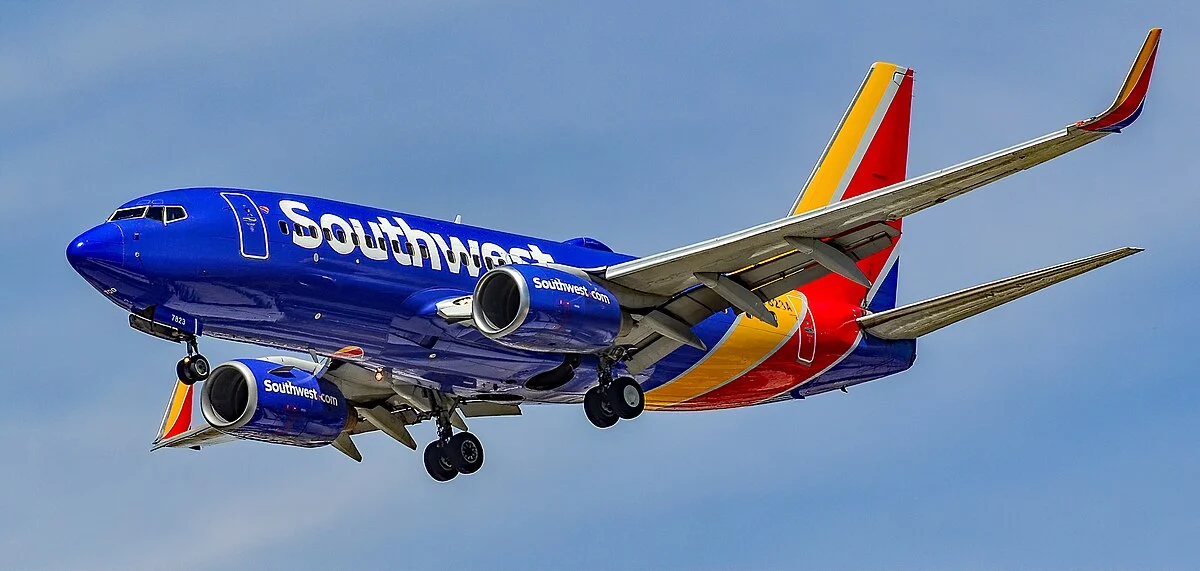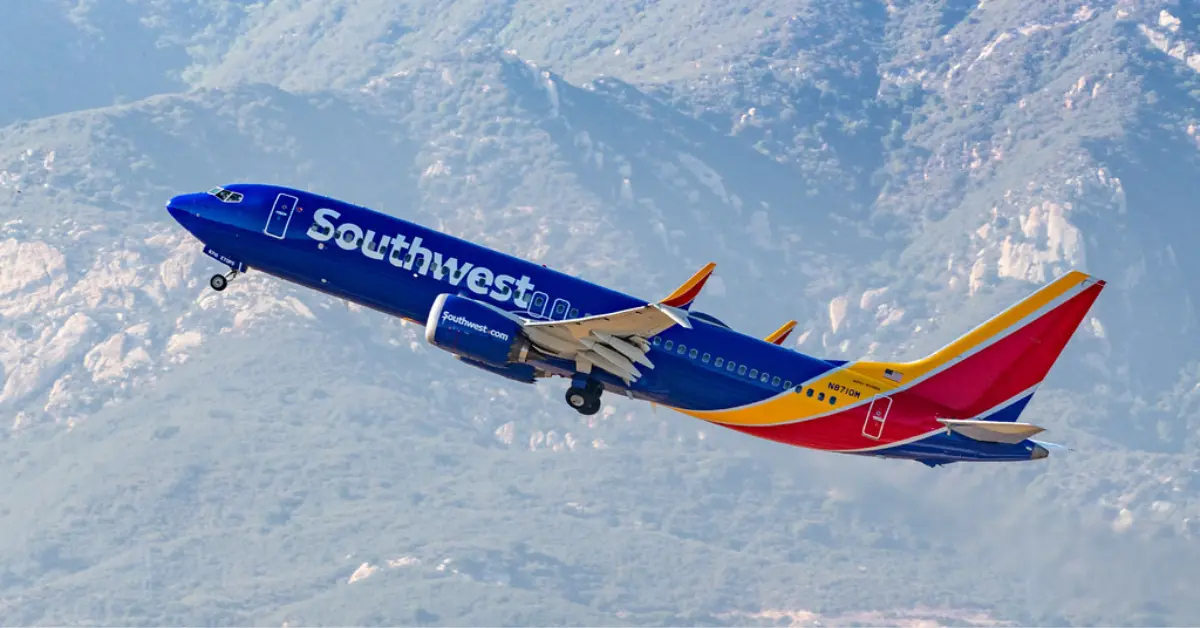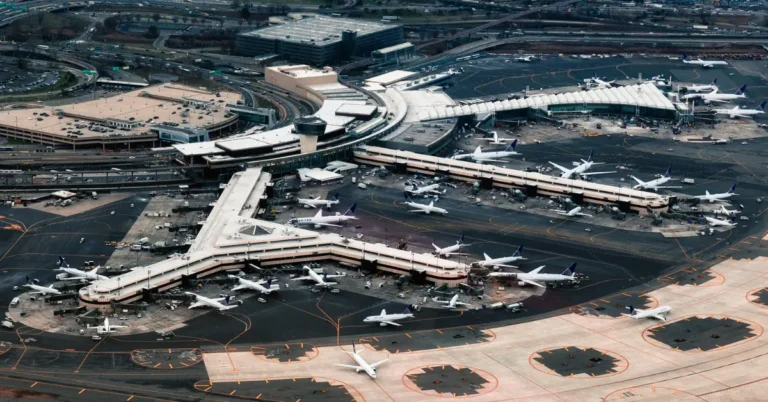A Southwest Airlines flight over Hawaii came within a harrowing 400 feet of plunging into the Pacific Ocean on April 11th, prompting a comprehensive FAA investigation. The incident, potentially caused by pilot error, has ignited concerns about aviation safety and the need for continuous improvement in training and procedures.

The tranquility of a Hawaiian morning was shattered on April 11th when Southwest Airlines Flight 2786, a Boeing 737 MAX 8 en route from Honolulu to Kauai, plunged alarmingly towards the Pacific Ocean.
The near-disaster, which saw the plane descend to a mere 400 feet above the waves, has sent shockwaves through the aviation industry and sparked a comprehensive investigation by the Federal Aviation Administration (FAA).
Heart-Stopping Descent: A Timeline of Terror
Flight WN2786 began as an ordinary inter-island hop.
However, adverse weather conditions forced the pilots to abort their landing attempt at Lihue Airport.
As they turned back towards Honolulu, the plane entered a terrifying descent.
Flight tracking data from ADS-B Exchange reveals a stomach-churning drop of 4,000 feet per minute, bringing the aircraft perilously close to the ocean’s surface.
A leaked internal Southwest memo exposed a crucial detail: a less experienced first officer was at the controls and inadvertently pushed the control column forward, triggering the descent.
Thankfully, the captain’s swift intervention averted disaster. But the incident raised serious concerns about pilot training, cockpit communication, and the potential for human error in aviation.
Unraveling the Mystery: Inside the FAA Investigation
The FAA’s ongoing investigation aims to leave no stone unturned.
Investigators are meticulously analyzing flight data, interviewing the crew, and scrutinizing Southwest’s safety protocols.
While pilot error appears to be a factor, experts caution against premature conclusions.
They stress the importance of examining all potential contributors, including weather, mechanical issues, and the complex interaction of human and technological elements in the cockpit.
The investigation’s findings, expected in several months, will have far-reaching implications for the aviation industry.
They could lead to changes in pilot training, stricter safety regulations, and a renewed focus on preventing similar near-misses.
Southwest’s Response: Reassuring Passengers and Restoring Trust
In the aftermath of the incident, Southwest Airlines issued a statement acknowledging the near-miss and reaffirming their commitment to safety.
They pledged full cooperation with the FAA investigation and vowed to implement any necessary improvements to their procedures.
However, the incident has undeniably shaken public confidence.
Social media has erupted with concerns from passengers and aviation enthusiasts alike.
Some are questioning Southwest’s safety record, while others are expressing broader anxieties about flying.
The airline faces the daunting task of restoring trust and reassuring passengers that their safety remains the top priority.

Beyond Flight WN2786: A Wake-Up Call for Aviation Safety
This incident is not an isolated anomaly. Recent history has seen several near-misses involving commercial aircraft experiencing sudden descents.
These events underscore the need for continuous vigilance and improvement in aviation safety.
The industry must confront critical questions: Are pilot training programs comprehensive enough? Are pilots adequately rested and prepared for challenging situations? Is there an overreliance on automation in the cockpit?
By addressing these issues head-on, the aviation industry can take meaningful steps to prevent future tragedies and ensure the safety of all passengers.
Your Safety, Your Voice: Passenger Empowerment
While airlines and regulators bear the primary responsibility for safety, passengers also play a crucial role.
Staying informed about safety issues, asking questions, and advocating for their well-being can make a significant difference.
Research airline safety records, voice concerns if something doesn’t feel right during a flight, and stay updated on industry developments.
By actively engaging in the conversation about aviation safety, passengers can contribute to a culture of transparency and accountability, ultimately making air travel safer for everyone.
Conclusion
The Southwest Airlines near-miss over Hawaii serves as a stark reminder that even in the highly regulated world of aviation, danger can lurk unexpectedly.
The incident has triggered a thorough investigation that could lead to significant changes in the industry.
It has also ignited a broader conversation about aviation safety, prompting airlines, regulators, and passengers to re-evaluate their roles and responsibilities.
As the investigation unfolds, one thing is clear: aviation safety is a continuous journey of improvement.
By learning from this near-miss and embracing a culture of vigilance, the industry can strive to ensure that every flight reaches its destination safely.
The skies may be vast, but the margin for error is razor-thin. It’s up to all of us to keep them safe.





